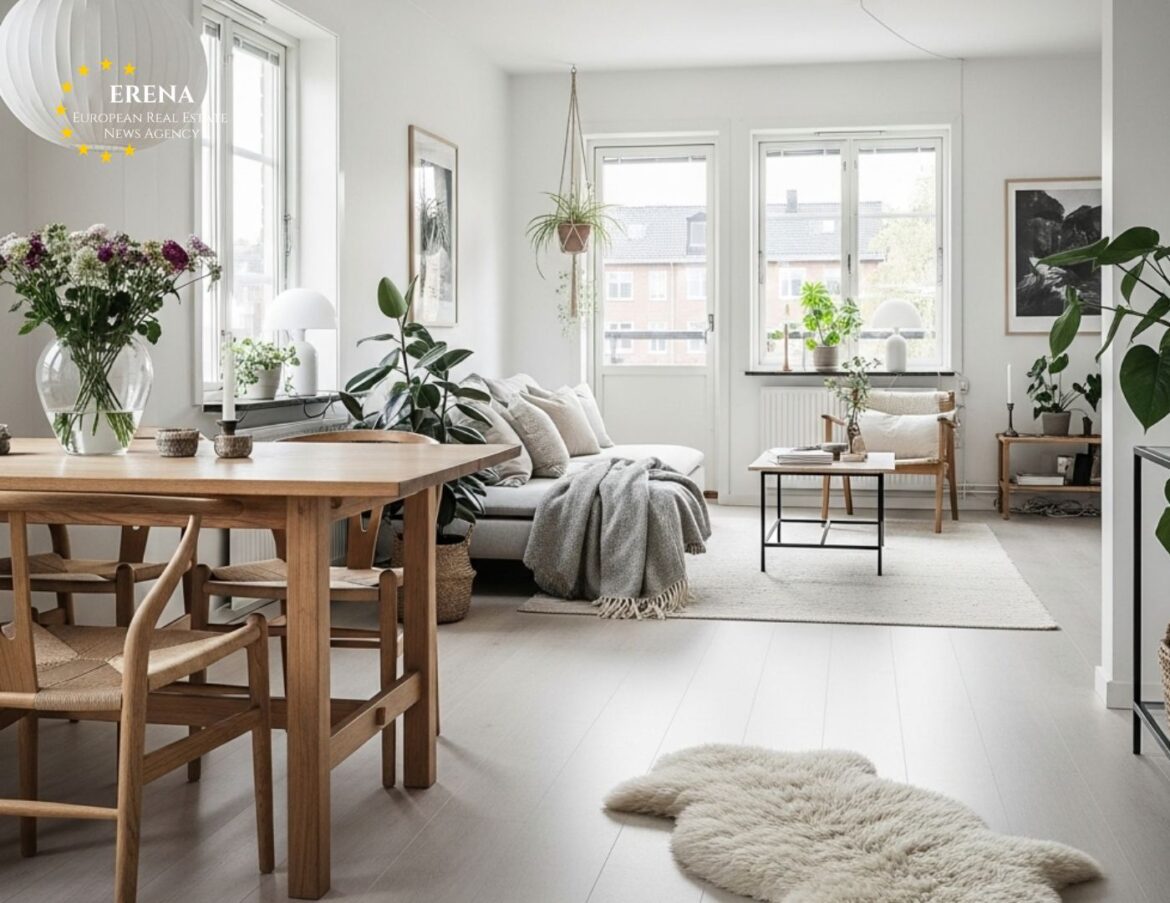Scandinavian minimalism has evolved from a regional design philosophy into a global movement that is reshaping how homes are conceived, built, and experienced. With its core principles of functionality, simplicity, and harmony with nature, this design approach is influencing residential architecture from Northern Europe to the heart of Asia and North America. But what makes Scandinavian minimalism so universally appealing, and how is it redefining global housing trends?
The Core Principles of Scandinavian Minimalism
Rooted in the Nordic countries’ history of practicality and adaptation to harsh climates, Scandinavian minimalism emerged in the mid-20th century as a way to create warm, functional homes with limited resources. Its defining features include:
- Functional design over ornamentation
- Neutral, light-filled color palettes
- Natural materials like wood, linen, and wool
- Clean lines and uncluttered spaces
- Emphasis on comfort, warmth, and simplicity
These principles reflect a lifestyle that values balance, purpose, and well-being — qualities increasingly sought after in today’s fast-paced, urbanized world.
A Global Design Movement
From compact Tokyo apartments to luxury developments in Berlin and eco-housing in Amsterdam, Scandinavian minimalism is being adapted and embraced globally. Design platforms and trend reports show that nearly half of featured interior projects in recent years incorporate Nordic elements.
Why is it so popular?
- Timeless aesthetic that transcends trends
- Budget-friendly flexibility — achievable in both affordable and high-end housing
- Emotional resonance — evokes calm, clarity, and order
Light, Space, and Function
In Scandinavian interiors, natural light is treated as a design element. Large windows, reflective surfaces, and white or pale walls enhance brightness and spatial perception — an essential consideration in northern regions with long winters.
This concept resonates internationally. Even in sunnier countries, maximizing light and minimizing visual noise is highly valued, especially in small city homes.
The open-plan layouts and clever storage solutions that characterize this style make compact urban living feel more expansive and functional.
Sustainability and Eco-Conscious Living
One of the strongest reasons for the style’s global reach is its synergy with sustainability. Scandinavian design prioritizes:
- Locally sourced, renewable materials
- High durability and timeless furniture
- Energy-efficient building methods
- Designs that reduce waste and encourage reuse
These elements align perfectly with today’s global emphasis on environmentally responsible living, particularly among younger generations seeking eco-conscious housing.
The Balance Between Luxury and Accessibility
Scandinavian design is both inclusive and aspirational. On one end, companies like IKEA have made it accessible to the masses, offering affordable minimalism to millions.
On the other, high-end Nordic interior studios offer bespoke solutions using rare woods, artisan ceramics, and curated textures, reflecting understated luxury.
In real estate markets across Europe, minimalist apartments styled in the Nordic tradition often sell at a premium, seen as smart, livable, and future-proof.
Minimalism as Mental Wellness
Clean spaces can lead to a clearer mind. The minimalist layout, muted tones, and purposeful design of Scandinavian interiors are increasingly cited by psychologists as contributors to emotional well-being.
For many, a home inspired by Nordic minimalism serves as a retreat from chaos, offering psychological clarity and tranquility. This is particularly attractive in post-pandemic urban environments where people are seeking calm, personal sanctuaries.
Integration with Smart Technology
Modern Scandinavian homes effortlessly incorporate smart home technologies — from hidden climate control to app-managed lighting and audio systems.
Foldaway furniture, moveable partitions, and modular designs mean every square meter is optimized — a crucial consideration in cities facing housing shortages.
Impact on Real Estate Trends
Scandinavian-style homes are not just aesthetically pleasing — they’re also good business. Developers across Europe are embracing minimalist interior packages for new units.
In cities like Munich, Copenhagen, and Milan, listings featuring Scandinavian design elements often sell 10–20 % faster than traditional decor, and command higher rents in furnished rental markets.
Short-term rental platforms also benefit — minimalist homes photograph well, appeal to international guests, and are easier to maintain.
A Soft, Natural Palette
While often described as stark, Scandinavian minimalism is rich in texture and warmth. Soft greys, beige, whitewashed woods, and natural greens or clays dominate the palette.
Multiple light sources — table lamps, wall sconces, and floor lighting — are used to create ambient warmth and highlight cozy details like textiles, ceramics, and houseplants.
Conclusion
Scandinavian minimalism is not just a design trend — it’s a cultural movement that mirrors today’s values: sustainability, simplicity, wellness, and flexibility.
Whether in newly built apartments in Amsterdam, urban lofts in Paris, or prefabricated eco-homes in rural France, the Nordic influence is unmistakable. As homeowners seek clarity in both space and mind, the Scandinavian way offers a solution rooted in natural beauty, practical design, and human-centered living.
In a world craving calm and balance, Scandinavian minimalism delivers more than style — it offers a lifestyle.

